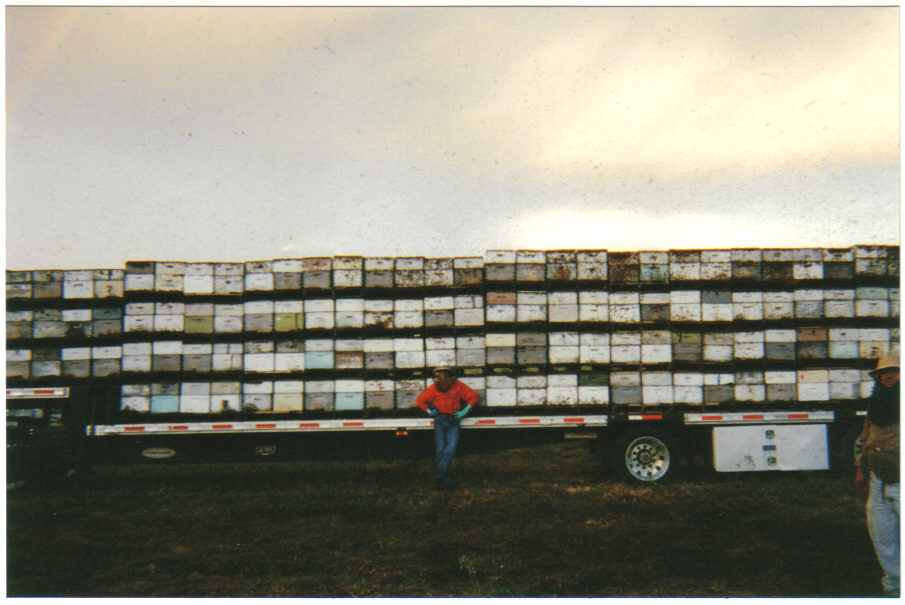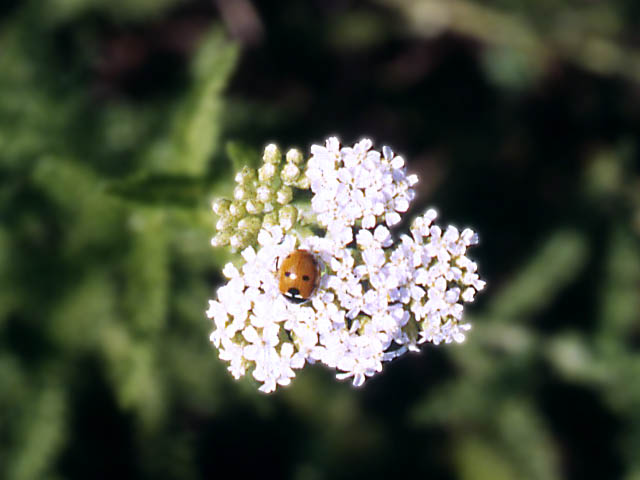

Honeybees at work.....
After some inspiring bug and bee classes at this year's Organic Growers School (www.organicgrowersschool.org), CF and I are fired up to become beekeepers and more committed than ever to encouraging swarms of beneficial insects to make their homes on our land.
I took a great "honeybee stewardship" class from Diana Almond, where I learned a ton of facts, including these:
- Honeybees and flowering plants co-evolved, starting about 100 million years ago.
- Feral bees are virtually nonexistent now in North America.
- The number of domestic honeybee colonies in the US declined from 5.9 million in the 1940s to 2.7 million in 1995.
- 2/3 of the remaining 2.7 hives are "migratory" -- meaning that they are mounted on the backs of 18-wheeler trucks and driven around all over the country to pollinate various commercial crops. 1 million hives are needed for the California almond crop alone.
- 1/3 of what we eat and drink, and some of what we wear, comes from plants needing pollination and 80% of that pollination is done by honeybees.
- Non-insect pollinators (mammals and birds) are also becoming extinct or threatened at an alarming rate.
Here's an image that really shocked me - this photo was part of Diana's slideshow:

So all of the talk about Colony Collapse Disorder that I've heard just among non-bee people has never really been in the context of the reality that most of the bees in the US are riding around on the backs of trucks being "worked," in addition to being given antibiotics, exposed to pesticides, and etc. But apparently, most of the CCD problems with bees have been with hives that are on these big bee trucks.
We are looking forward to providing some good, stable, non-mobile homes to a bunch of bees, and learning all about organic beekeeping (we got a very cursory overview last weekend from Eric Brown of Milk & Honey Farm). Bee School here we come.
More inspiration was to be had in "Bug Church" - the intro to beneficial insects class taught by Patryk Battle and Richard McDonald (aka Dr. McBug).
Here's a maxim from Pat: "Maximize diversity. Hold your fire. Observe. Nature will do it all." Those directives were offered as the "20 second version" of the beneficial insects class, but they are pretty good words to live by.
Below: A "C7" ladybug on a yarrow flower....from Dr. McBug's extensive and very informative website.

More information on Beneficial Insects:
Meet the Beneficial Insects (Organic Gardening Mag article)
Beneficial Insects 101
Viva la buzz!
No comments:
Post a Comment